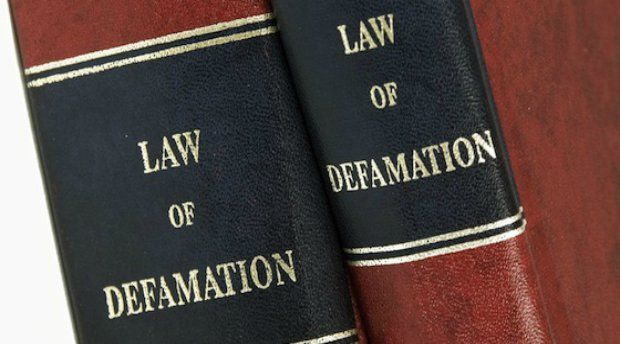Discreprancy Between Man and Woman’s Paychecks Leads to Lawsuit Against Employers
Post Views 2A woman employed by Crown Cork & Seal USA, Inc. brought a lawsuit under the Civil Rights Act, the Equal Pay Act (EPA) and the U.S. Code. She asserted that the difference in pay between the woman and a male co-worker constituted discrimination, as well as various other claims.
She began at Crown as a Grade 3 purchasing clerk at the company’s Wyoming facility. Several months later, she was assisting the Production Control Manager (PCM) and received a merit increase. Less than a year after that, she was transferred to the PCM position, while the former PCM, a male, was named the parts maintenance manager. Another merit increase ensued.
As PCM, the woman claimed that she was handling “90 percent” of the duties, as well as her previous functions as purchasing clerk. The former PCM was a Grade 13 and was making nearly $55,000 a year. The woman had been bumped to a Grade 5, and a $2,000 raise gave her an annual salary of almost $28,000. She complained to the office manager about the discrepancy in both salary and title, suggesting that it was due to her gender. She eventually stated that she didn’t want to perform both PCM and purchasing-clerk duties for what she was being paid, hoping for something closer to $32-33,000. She was later told that Crown couldn’t cover her desired compensation, and she was removed as PCM but retained her job class and $2,000 raise.
According to the woman, following her complaints, the relationships with the office manager and former PCM degenerated. She filed a charge of discrimination with the Wyoming Fair Employment Program and the EEOC (Equal Employment Opportunity Commission). The woman also submitted complaints to the company’s HR director, but no investigation was initiated. She was later criticized for her job performance and reputed unprofessional conduct and told she could be fired if no improvements were made. She took leave to address psychological and corresponding physical problems, and though she was cleared for work, she opted to resign and filed a second charge of discrimination.
Her suit alleged an EPA violation, sex discrimination, retaliation by removing her as PCM and creating a hostile work environment, and constructive discharge (asserting that her resignation was her only choice and equating it with a termination). The district court dismissed all of the woman’s charges, believing that she’d been unable to offer any evidence to support her claims.
Due to time limits, the plaintiff had to prove a “willful” violation of the EPA, but appellate judges saw no such violation – she didn’t perform all PCM duties and received assistance with others, so that her job was not “substantially equal” to the former PCM’s. Crown’s reason for the firing was legitimate and negated the sex discrimination claim. For the hostile work environment and constructive discharge claims, judges saw no action severe enough to show the presence of a hostile work environment or employer action which would force the woman to quit her job.
Judges further dismissed the plaintiff’s argument that Crown was legally obligated to increase her pay, accepting that the company could refuse the request and consequently have good reason to remove her from the position. The appeals court found merit in the district court’s ruling and affirmed its decision.
Want to see which Production Manager jobs are available near you? Click here to see.
Discreprancy Between Man and Woman's Paychecks Leads to Lawsuit Against Employers by Harrison Barnes



 10 Ways to Express Your Company Culture
10 Ways to Express Your Company Culture  Top 10 Most Popular Granted Employer Articles of 2017
Top 10 Most Popular Granted Employer Articles of 2017  Overwhelmed at Work? 7 Simple Strategies to Make Things Better
Overwhelmed at Work? 7 Simple Strategies to Make Things Better  10 Things to Look for When Hiring
10 Things to Look for When Hiring  Telecommuting Doesn’t Work for All Jobs
Telecommuting Doesn’t Work for All Jobs  When to Visit Human Resources
When to Visit Human Resources  What Does It Actually Cost to Hire a New Employee?
What Does It Actually Cost to Hire a New Employee?  The New Trend of Defamation Lawsuits
The New Trend of Defamation Lawsuits